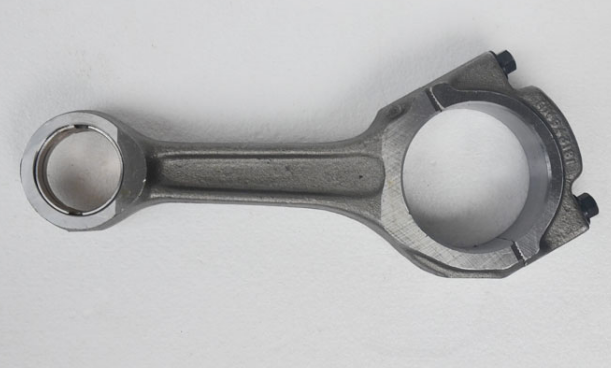What is a connecting rod? Understanding the function and importance of connecting rods is crucial for anyone with an interest in engines and mechanical systems. In this article, we will delve into the purpose of connecting rods, the materials used in their construction, and their role in an engine’s performance.
The Function of Connecting Rods A connecting rod is a crucial component of an internal combustion engine. It serves as the link between the piston and the crankshaft, converting the reciprocating motion of the piston into the rotary motion of the crankshaft. This motion powers the vehicle’s transmission and ultimately propels it forward.
Materials Used in Connecting Rod Construction Connecting rods are typically made from materials that can withstand high stress and temperature. Some common materials include:
- Steel: Steel connecting rods are known for their strength, durability, and resistance to wear. They are often used in high-performance and heavy-duty applications.
- Aluminum: Aluminum connecting rods are lighter in weight and offer excellent thermal conductivity. They are commonly used in high-revving engines where weight reduction is a priority.

- Titanium: Titanium connecting rods combine strength and lightweight properties, making them ideal for high-performance engines. However, they are more expensive than steel or aluminum.
The Role of Connecting Rods in Engine Performance Connecting rods play a vital role in determining an engine’s performance characteristics. Some aspects influenced by connecting rods include:
- Piston speed: The length of the connecting rod affects the piston speed, which in turn impacts the engine’s torque and horsepower.
- Compression ratio: The connecting rod’s length can influence the compression ratio, affecting the engine’s thermal efficiency and fuel economy.
- Engine balance: Properly balanced connecting rods help ensure smooth engine operation and reduce vibrations, leading to less wear and tear on components.
Conclusion In summary, understanding what a connecting rod is and its role in an engine is crucial for anyone interested in engines and mechanical systems. Connecting rods are essential components that facilitate the transfer of energy from the piston to the crankshaft, helping to power vehicles and other machinery. By understanding the importance of connecting rods and the materials used in their construction, you can appreciate their critical role in an engine’s performance.
